|
WORLD'S
FASTEST SOLAR CAR
BLUE
GROWTH - CIRCUMNAVIGATION
- CONTACTS - DONATE
- FOUNDATION -
FUNDING
- HOME - A-Z INDEX
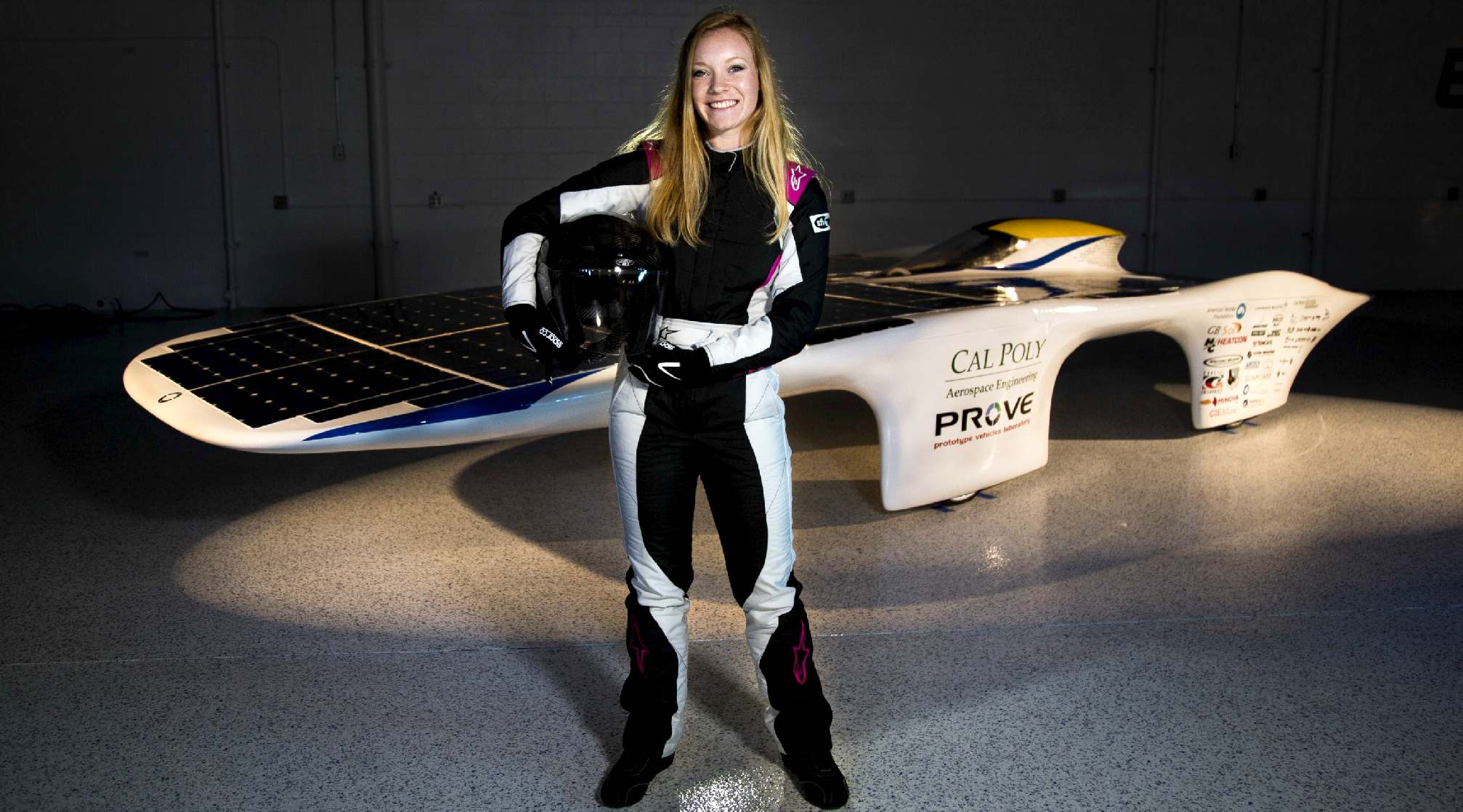
CLIMATE
CHANGERS - Guinness World Records recognize a land speed record for vehicles powered only by solar panels. This record is currently held by the Sky Ace TIGA from the Ashiya University. The record of 91.332 km/h (56.75 mph) was set on 20 August 2014 at the Shimojishima Airport, in Miyakojima, Okinawa, Japan. The previous record was held by the University of New South Wales with the car Sunswift IV. Its 25-kilogram (55 lb) battery was removed so the vehicle was powered only by its solar panels. The record of 88.8 km/h (55.2 mph) was set on 7 January 2011 at the naval air base HMAS Albatross in Nowra, breaking the record previously held by the General Motors car Sunraycer of 78.3 kilometres per hour (48.7 mph). The record takes place over a flying 500 metres (1,600 ft) stretch, and is the average of two runs in opposite directions.
Land
speed records are not cast in stone, but change as time moves
on. New teams rise to the challenge and technology advances to
move the goal
posts. Hence, there have been dozens of fast
solar powered cars that at one time or other held the record.
And there will be many more.
Just
as important and raising the performance bar, is getting
manufacturers to build eco cars. Even more important is an
infrastructure to replenish expended energy quickly. Our
Governments do not seem to realise the urgency of the
situation regarding climate
change and the need to act now. It seems they would rather wait for as long as they
can to allow stakeholders with existing investment in outdated
technology to milk the system. Fortunately, most
schoolchildren do have financial investments in dinosaur tech,
but do know that their future is being compromised by the
greedy adults that say they care about them.
Going
faster is one way of grabbing attention for global
warming. Standing outside parliament
buildings with billboards is another. Both effective, but more
so if working together as a Climate Changer, lobbying to stop
using fossil
fuels in favour of renewables.

JUNE 10 2018 SUNPOWER
This month a unique vehicle powered only by nearly 600 SunPower® solar cells will speed down a runway at 65 mph in the Mojave Desert to break a world
land speed record for fastest solar car.
“Dawn,” built almost entirely by students at the Prototype Vehicles Lab (PROVE) at
California Polytechnic State University in San Luis Obispo, Calif., and driven by aerospace engineer Lacey Davis, aims to smash the existing 56 mph record achieved by a car in
Japan in 2014, according to
Guinness World
Records.
Dawn actually doesn’t even have a proper steering wheel, and it definitely doesn’t look like a normal car. It’s an electric vehicle, yet it has no batteries or any other energy storage system.
Faced with the blank page that comes with record racing, the PROVE team had virtually untamed creative license to design a vehicle that has less than 10 percent of the aerodynamic drag of a typical family SUV. Since it’s mostly made of aerospace-grade
carbon
fiber, it’s so light that a few people can easily pick it up.
The record requirements are simple: It must have four wheels to be called a car, and it has to have a
human driver in control at all times. To make it safe, the team added a
steel roll cage and a few other innovations, such as an “anti-flip-flap,” which pops up and kills any lift if the wing-shaped body starts to become airborne.
This isn’t something practical you’ll be driving to the store anytime soon, though. PROVE Lab’s mission is simply to show the world what can be done with solar power and a bit of imagination. We deliberately didn't use expensive
satellite-grade cells and instead covered the car in the same high efficiency silicon cells SunPower uses in its commercially available solar panels. We want to emphasize that this is technology you can buy and use today, just wrapped up in a futuristic package and doing something slightly bonkers.
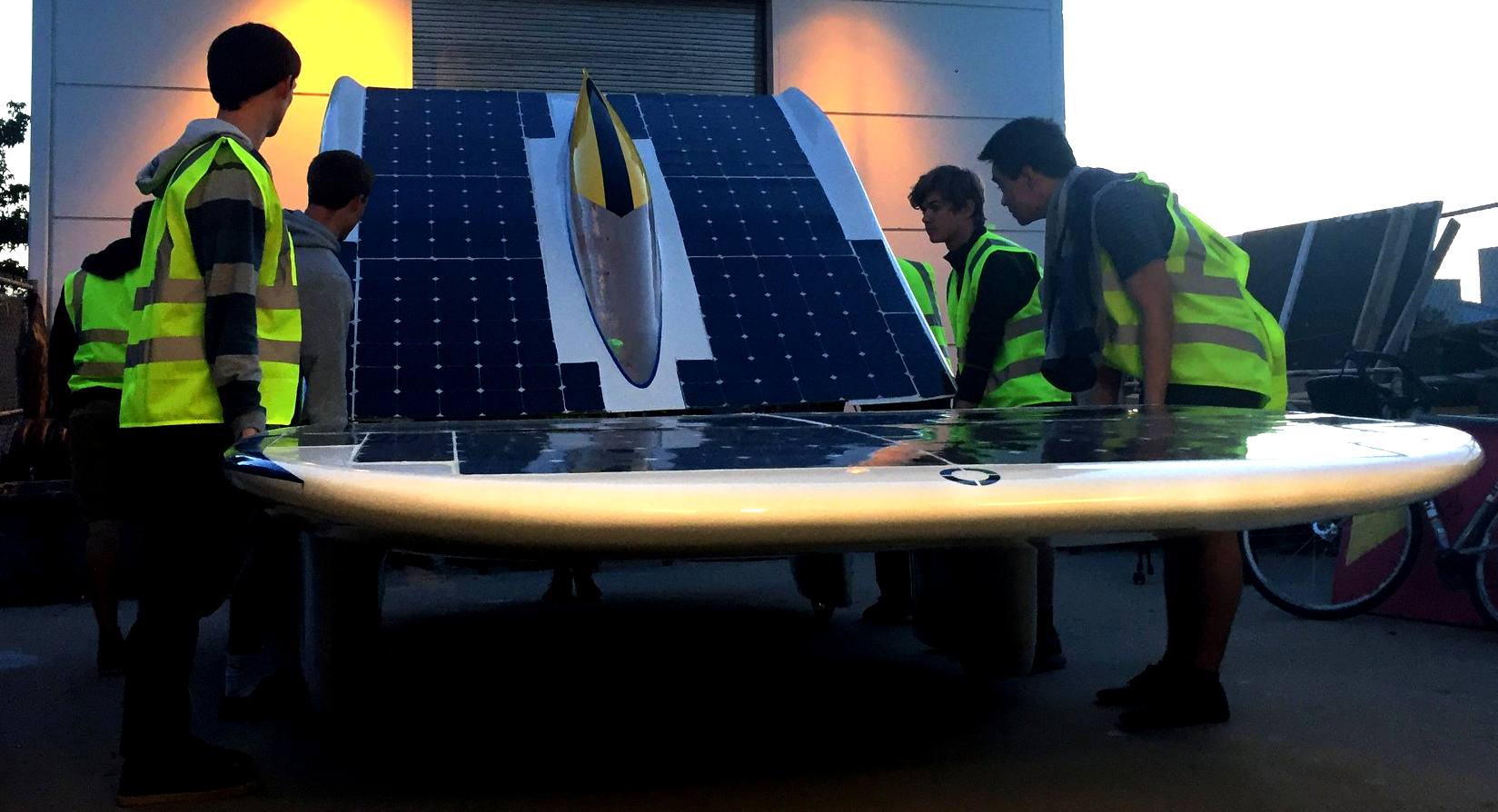
Solar Technology: From ‘Impossible’ to ‘Inevitable’
Breaking records is often how we get a meaningful measure on progress in science and technology. Faster, further, higher, better. It’s a tangible demonstration of where we’ve been and where we’re going, and it’s the reason we are drawn to inventions like
Solar Impulse
2, the SunPower solar cell powered airplane which set a world record when it became the first solar-powered plane to fly around the world two years ago.
SunPower has long understood the value of applying its innovative technologies to help solar pioneers achieve records, using what it learned to develop better products and to communicate how efficient its technologies are when it comes to helping homeowners, businesses and entire states transition properly to clean energy.
As solar adoption spreads, the cost continues to drop, emissions decrease and people feel positive about achieving a clean energy future.
However, for those of us in the record-breaking business, we’re also pretty familiar with the other type of responses, the, “That’s impossible,” comments. Dawn is a good example, given how often the students have heard that it can’t be done for at least 50 different reasons.
Nobody ever said building a solar car that could cruise at freeway speeds on the same amount of energy that it takes to run a toaster would be easy, but it was always possible — a challenge of perseverance as much as anything.
College students know it’s possible, with enough late nights and a slight hit to the GPA! Middle schoolers are just surprised it hasn’t been done already. A 5-year-old simply assumes that all cars will be built like this in the future.
So why is a solar-powered family car taking as long as the infamous flying car to become a reality? It’s not really the energy density of
batteries, or any barrier thrown up by the physics of efficiency in photovoltaics. It’s that the “impossible” crowd has had too loud a voice for too long, whatever their motivation.
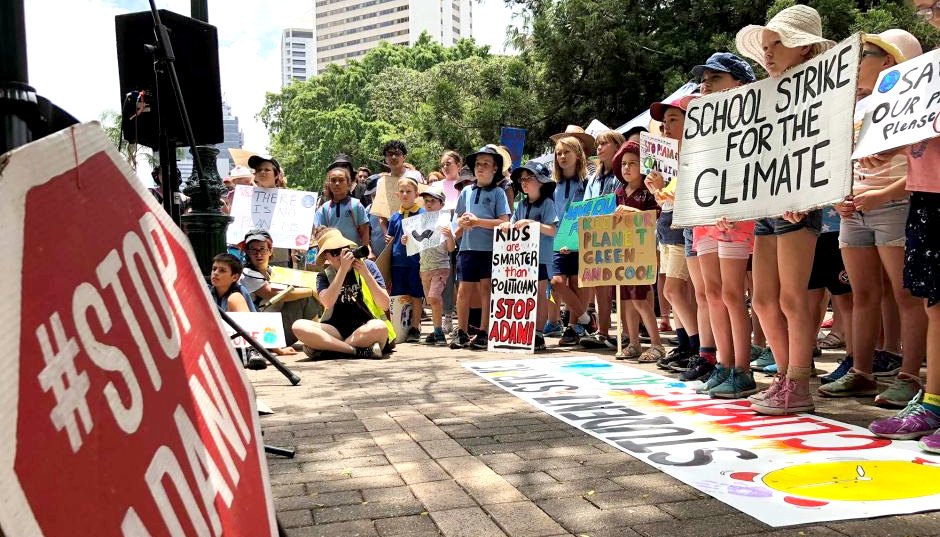
Companies from
Audi to ambitious startups such as Sono Motors are showing it is possible to make an effective solar-battery car for a daily city commute, and if they don’t succeed in being the first to market, then eventually someone else will.
At a larger scale, many battery manufacturers and power utilities are catching on to the logic of using the array on a home or business to store energy for charging
electric
vehicles. A bewildering range of technologies is converging at this moment in time to make it all not just possible, but economically advantageous, to power our personal transportation with pure clean
energy from
the sun. There’ll be a quick switch from “impossible” to “inevitable.”
I’ve been involved in solar cars for a decade now, starting with the Sunswift team in
Sydney,
Australia, where I designed the bodywork for “IVy” as a student, and then as an academic overseeing the development of “eVe.” Both vehicles achieved solar and
electric vehicle records and were powered by various evolutions of SunPower’s technology.
PROVE Lab’s car, Dawn, is just the latest in a long line of innovations that use SunPower solar to push the boundaries further out. In about two and a half years, students from 13 different majors at Cal Poly have gone from “impossible” to, we hope, “inevitable” for their own slice of solar power history.
We look forward to seeing who will be next to rise to the challenge!
By Graham Doig
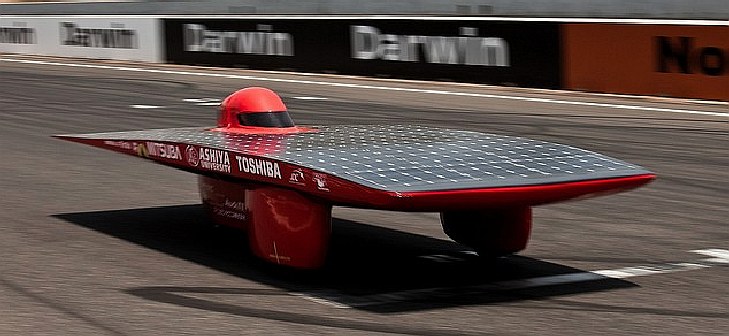
SKY
ACE TIGA - This speedy red racer was entered in the 2011 WSC by Japan’s
Ashiya University. In the
end, the Sky Ace Tiga came in fourth place and was one of only seven solar cars to reach the finish line in Adelaide within the allotted time. The clearly visible solar cells lining the top of the car are
made of satellite-grade gallium arsenide instead of the more common silicon. The Ashiya University car can reach speeds of
up to 94 mph (152 kph) but cruises at around 62 mph (100 kph).
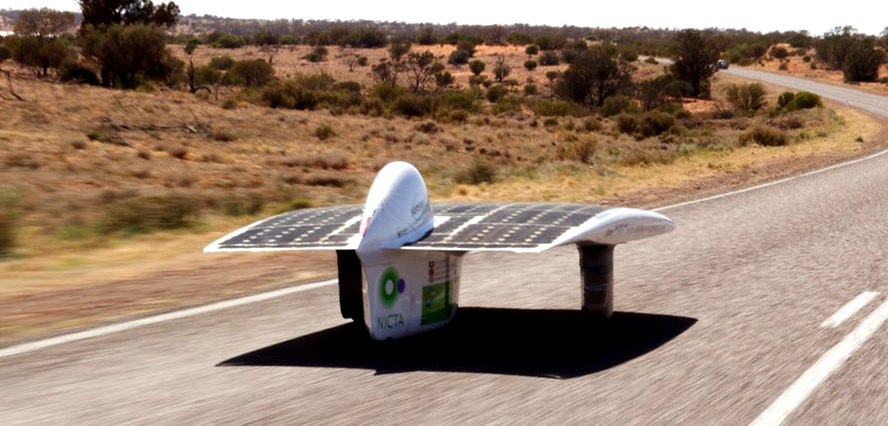
SUNSWIFT
- The Sunwift
iVy running at the Global Green Challenge from Darwin to
Adelaide in 2009. This race forced the Australian government
to raise the speed limit where these small eco cars were going
faster than the mainstream traffic.
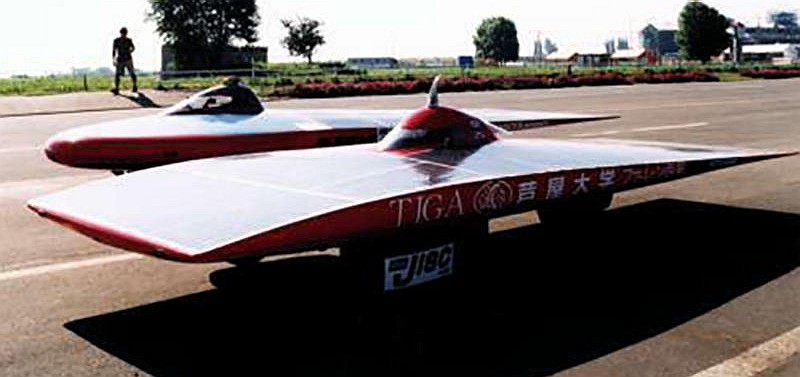
TIGA
- Sky Ace Tiga là một sản phẩm của đại học Nhật Bản Ashiya, chiếc xe ba bánh chạy bằng năng lượng mặt trời này đã đạt được tốc độ 91,7 km/h trong một lần chạy thử tại sân bay Shimojishima, Okinawa vào tháng 8/2014. Người cầm lái là cựu tay đua Kenjiro Shinozuka.
SKY
ACE TIGA
The fastest speed attained by a solar-powered vehicle is 91.332 km/h (56.75 mph) and was achieved by Kenjiro Shinozuka (Japan), who drove Ashiya University's Sky Ace TIGA at Shimojishima Airport, in Miyakojima, Okinawa,
Japan, on 20 August 2014.
A product of a project from Japan’s Ashiya University, this solar-powered tricycle achieved 57mph in a run at Shimojishima Airport, Okinawa, in August 2014. It was driven by former rally driver Kenjiro Shinozuka.
Strictly speaking, a tricycle is not a car. A car should have
four wheels. This is then a three-wheeler or trike record.
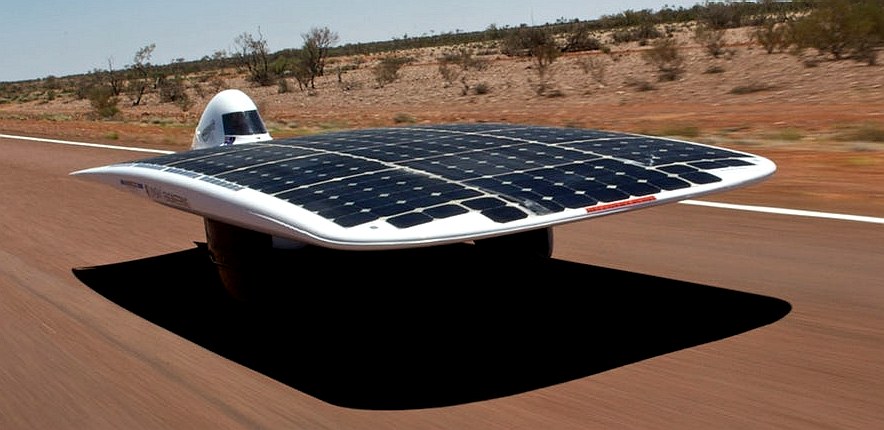
SUNSWIFT - UNIVERSITY NEW SOUTH WALES
With a speed of 88.738 km/h (55.077 mph), the University of New South Wales’ (UNSW) Sunswift IVy has claimed the Guinness World Record for the fastest solar-powered vehicle. The record-beating run took place on January 7 at HMAS Albatross navy base airstrip in Nowra,
Australia, and outdid the previous record-holder by more than 10 km/h (6.2 mph).
Designed and built by UNSW students, Sunswift IVy is a three-wheeled vehicle with a monocoque carbon fiber body, brushless CSIRO 3 phase DC 1800 W motor, solar array producing about 1200 W (the same it takes to run a toaster) and, usually, a 24.75 kg (55.56 lb) lithium ion polymer battery pack. However, as the milestone is for cars powered exclusively by silicon solar cells, the
battery was removed for the record attempt.
While students usually drive the car, the record-breaking run was piloted by professional racing driver Barton Mawer and Craig Davis, from electric car company
Tesla’s
European operations.
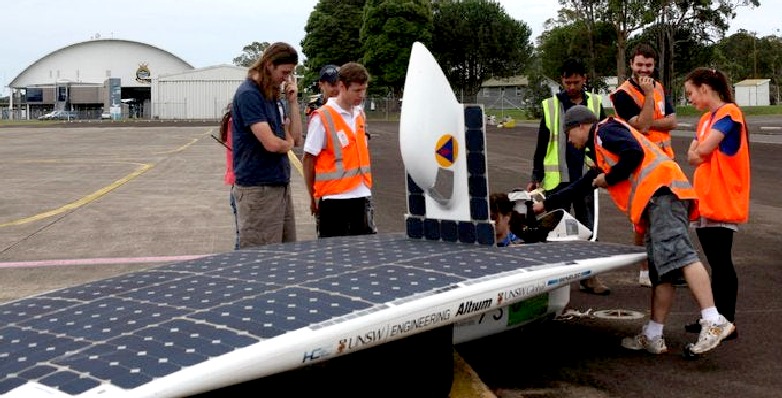
The record-beating run took place at 10.32 am. The team wasn’t expecting to get peak sun until noon and therefore wasn’t expecting to break the record so early in the day.
Although the team says they believe they can get the record to over 90 km/h (55.9 mph), they weren’t able to improve on the time in subsequent runs. The arrival of rain at 1.30 pm then prevented any further attempts.
After breaking the record, Mawer said the car handled reasonably well, "although I think I gave the team a bit of a scare when I got up on two wheels on the turn."
Adjudicators from The Guinness
Book of World Records were on hand to witness the record-breaking run and have already officially recognized the new record and handed over a certificate. The previous record of 78 km/h (48.5 mph) was set by the GM Sunraycer in 1987.
This isn’t the first time the UNSW's Sunswift IVy has tasted success. It also competed in the 3,000 km (1,864 mile) Global Green Challenge race from Darwin to Adelaide in 2009, winning its category.
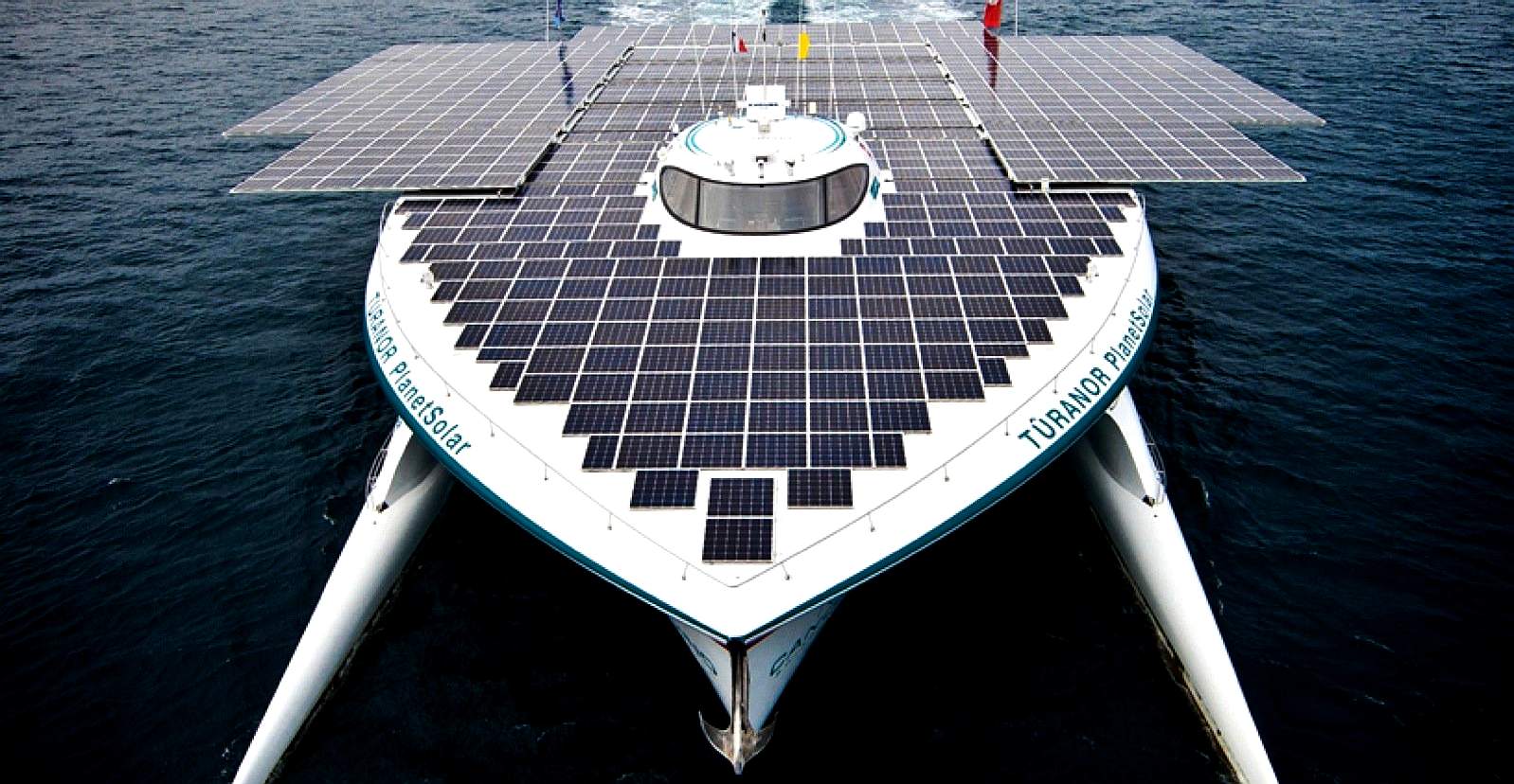
FASTEST
SOLAR CIRCUMNAVIGATION - On the 4th of May 2012, history was made, as
Raphael
Domjan, at the helm of a giant of a catamaran powered only by solar panels crossed the finishing line at
Monaco to become the first electric boat to sail around the world. MS Tûranor PlanetSolar, known under the project name
PlanetSolar, was (@ 2018) the largest solar-powered boat in the world. The vessel was launched on the 31st March
2010, also going into the Guinness
Book of World Records. The project was mostly financed by Immo
Stroeher, the owner of the boat.
 AMERICAN SOLAR CHALLENGE
AMERICAN SOLAR CHALLENGE
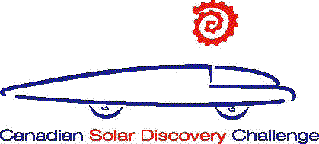 CANADIAN SOLAR DISCOVERY CHALLENGE
CANADIAN SOLAR DISCOVERY CHALLENGE
 DELL WINSTON SOLAR CAR CHALLENGE
DELL WINSTON SOLAR CAR CHALLENGE
 JAPANESE WORLD SOLAR RALLY
JAPANESE WORLD SOLAR RALLY
 THE "LONDON TO BRIGHTON SOLAR CAR RUN"
(DISCONTINUED)
THE "LONDON TO BRIGHTON SOLAR CAR RUN"
(DISCONTINUED)
LBSCR
- LONDON
INFORMATION
LBSCR
- BRIGHTON
INFORMATION
 NORTH AMERICAN SOLAR CHALLENGE
NORTH AMERICAN SOLAR CHALLENGE
 PHAETHON GREEK SOLAR RACE
PHAETHON GREEK SOLAR RACE

TAIWAN
WORLD SOLAR RALLY 2006
 WORLD SOLAR CHALLENGE
WORLD SOLAR CHALLENGE
WSC
- ABOUT DARWIN, AUSTRALIA
WSC
- ABOUT ADELAIDE, AUSTRALIA
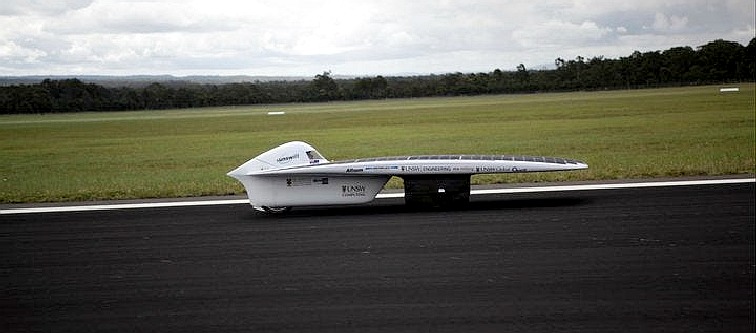
The
teams below are either established and competed, or have
considered competing
in one or more of the attractions above. Please click on the
hyperlinks for more information. Remember, it's not the
winning that matters, it's taking part. Whatever car or
result your team produces, simply taking part will be
rewarding in terms of learning, achievement and fun. You will
also contribute to our collective human knowledge. Thomas
Alva Edison helped make the light bulb with every
experiment that did not work, so that he could cross it off
the list and advance a bit more, until the incandescent light
was perfected. Because of that determination we now have LED
lighting.
|
ORGANISATION
A-Z
|
CAR'S
NAME
|
TEAM
NAME
|
|
Aristotle
Uni of Thessaloniki, Helios
|
Helios
|
Faculty
of Engineering
|
|
Arizona
Solar Racing Team - USA
|
|
Arizona
Solar Racing Team
|
|
Auburn
University
|
Sol
of Auburn
|
Sol
of Auburn
|
|
Aurora
Team, Australia
|
Aurora
|
Aurora
Vehicle Association
|
|
Bochum
Solar Car Team
|
|
Das
SolarCar der Fachhochschule
|
|
California
Poly S University
|
SLO
Burn Sidewinder
|
San
Luis Obispo
|
|
Clarkson
Uni Solar Car Team, USA
|
|
The
Solar Knights
|
|
Delft
University - Holland
|
NUNA
I
& II
2003
|
|
|
Dell
Winston School
|
The
Hunter
|
Solar
Car Challenge
|
|
Desert
Rose, Northern Territory Uni
|
FUJI
DESERT ROSE
|
|
|
Drexel
SunDragon Home Page
|
|
|
|
École
de technologie supérieure Quebec
|
Eclipse
V (5)
|
Éclipse
Vehicular Solaire
|
|
École
Polytechnique de Montréal
|
Esteban
|
|
|
Eko-Auto
Poland
|
Eko-Auto
|
|
|
Electron
Analytic Corporation
|
Dark
Horse
|
EAC
Skunkworks
|
|
George
Washington University
|
|
George
Washington Uni Solar Car
|
|
Georgia
Institute of Technology
|
Solar
Jackets
|
Solar
Jackets
|
|
Heliodet,
Germany
|
Heliodet
|
Heliodet,
Solar Car Team
|
|
Helios
- Lille, France
|
Hélios
IV
|
Hautes
Etudes d'Ingénieur
|
|
Honda
Car Company
|
Honda
|
|
|
Illinois
State University
|
Surya,
Ratha, Mercury
|
Illinois
State University
Team
|
|
Iowa
State University
|
Fusion
|
Team
PrISUm
|
|
Jonasun
Japan
|
Orbit
|
Solar
Car Paviion
|
|
Kansas
State University
|
Paragon
|
Solar
Car Racing Team
|
|
Los
Altos Academy of Engineering
|
|
Los
Altos Solar Car Team
|
|
Massachusetts
Institute of Technology
|
Tesseract
|
MIT
|
|
McGill
University
Monteal, Canada
|
iSun
|
Team
iSun
|
|
McMaster
University
|
Phoenix
|
McMaster
Uni
Solar Car Project
|
|
Messiah
College Grantham, Penns
|
Genesis
II
|
Genesis
II Solar Racing Team
|
|
Michigan
State University
|
|
Solar
Racing Team
|
|
Michigan
Technological University
|
|
Solar
Car Team
|
|
Minnesota
S Uni-Mankato/Winona S Uni
|
|
Minnesota
Solar Car Team
|
|
North
Dakota State University
|
The
Double Deuce
|
Sunsetters
- Solar Race Team
|
|
Northwestern
University
|
N'Uvation
|
Northwestern
University
|
|
Nuon
Solar Team, Netherlands
|
Nuon
3
|
Het
Nuon Solar Team
|
|
Osaka
Sangyo University, Japan
|
OSU
model S
|
Solar
Car Team
|
|
Prairie
View A&M University
|
Solaris
|
Sun
Panthers
|
|
Principia
College
|
RA
6
|
Principia
College
Solar Car Team
|
|
Purdue
University
|
SPOT
2
|
Purdue
University
Solar Racing
|
|
Queen's
University
Canada
|
Radiance
Gemini
|
Queen's
Solar Vehicle
Team
|
|
Red
River College
|
Red
River Raycer
|
Red
River College Solar
Car Team
|
|
Rice
University
|
|
Rice
University
|
|
Rose-Hulman
Institute of Technology
|
|
Rose-Hulman
Solar Car Team
|
|
Southern
Illinois Uni Edwardsville
|
Cougar
Cruiser
|
Southern
Illinois University
|
|
South
Bank University, UK
|
Mad
Dog
|
South
Bank Mad Dog Team
|
|
South
Dakota School Mines & Tech
|
Solar
Motion
|
South
Dakota Solar Motion Team
|
|
Southern
Taiwan University Tech
|
|
Southern
Taiwan Solar Team
|
|
Stanford
University
|
Solstice
|
Stanford
Solar Car Project
|
|
Tamagawa
University - Japan
|
|
Tamagawa
Solar Challenge Project
|
|
Team
Futura, Italy
|
FUTURA
2
|
Team
Futura
|
|
Team
SunLake - Japan
|
Phaethon
model
|
Team
SunLake
TOYOBO
|
|
Texas
A&M University
|
Columbia
Sunraycer
|
Texas
A&M
Motorsports Team
|
|
The
Power of One
- Toronto
|
Xof1
|
The
Xof1 solar car team
|
|
Tufts
University
|
ANNE
E. B. II
|
Nerd
Girls
|
|
University
of Alberta
|
|
University
of Alberta Team
|
|
University
of Arizona
|
Drifter
|
Solar
Racing Team
|
|
University
of Calgary
|
|
UC
Calgary
Solar Car Team
|
|
University
of California-Berkeley
|
CalSol
|
California
Calsol Team
|
|
University
of Kansas
|
Solution,
CATalyst
|
KSU
Solar Car Racing Team
|
|
University
of Kentucky
|
Gato
del Sol II
|
Solar
Car Team
|
|
University
of Massachusetts
|
Spirit
of Mass 413
|
Lowell
Solar Racing Team
|
|
University
of Michigan
|
Momentum
|
University
of Michigan
|
|
University
of Minnesota
|
Borealis
III
|
U
of M Solar
Vehicle Project
|
|
University
of Missouri
-
Columbia
|
Suntiger
VI
|
The
Mizzou Solar Car
Project
|
|
University
of Missouri -
Rolla
|
Solar
Miner V
|
Solar
Minor Car
Team
|
|
University
of North Dakota
|
Subzero
3
|
Team
SubZero
|
|
University
of Ontario Institute of Tech
|
|
UOI
Solar Vehicle Team
|
|
Uni
of New South Wales SCR Team
|
UNSW
Sunswift III
|
New
South Wales SCR Team
|
|
University
of Patras, Hermes
|
|
Solar
Car Team
|
|
University
of Pennsylvania
|
Keystone
|
Penn
Solar Racing
|
|
University
of Queensland
|
Sunshark
|
Queensland
Solar
Team
|
|
University
of South Australia
|
Ned
KELLY
|
SA
Solar Car Consortium
|
|
University
of Texas at Austin
|
Solar
Steer
|
Solar
Vehicles Team
|
|
University
of Texas at El Paso
|
|
Solraycers
|
|
University
of Toronto
|
Blue
Sky
|
Blue
Sky Solar Racing
|
|
University
of Toulouse
|
Heliotrope
|
Heliotrope
Solar Car Team
|
|
University
of Utah
|
|
Vehicle
Design Team Utah
|
|
University
of Virginia
|
|
UVa
Solar Car Team
|
|
University
of Waterloo
|
Midnight
Sun VIII
|
Midnight
Sun Solar Race Team
|
|
University
of Western Ontario
|
Sunstang
|
Sunstang
USP
Solar Car Team
|
|
USP
Solar Car Team
|
|
USP
Solar Car Team
|
|
Western
Michigan University
|
Sunseeker
05
|
W
Michigan Solar Car Team
|
|
Yale
University
|
The
John Lee
|
Team
Lux
|
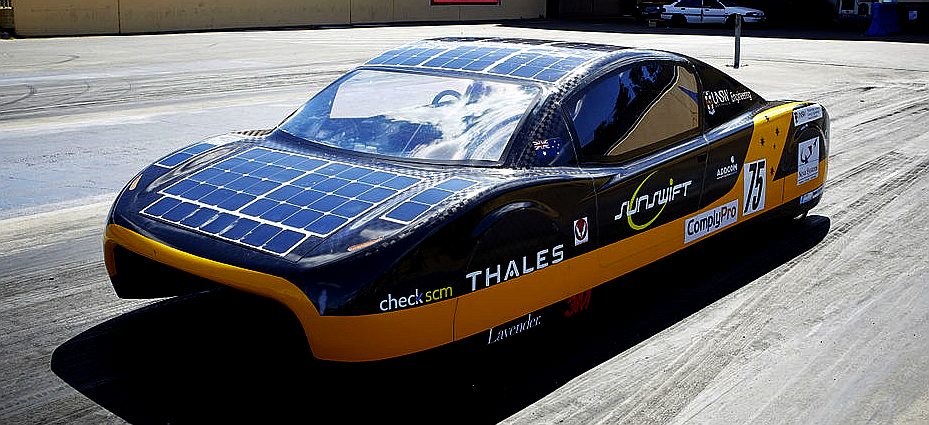
SOLAR
CAR RACING EVENT A - Z
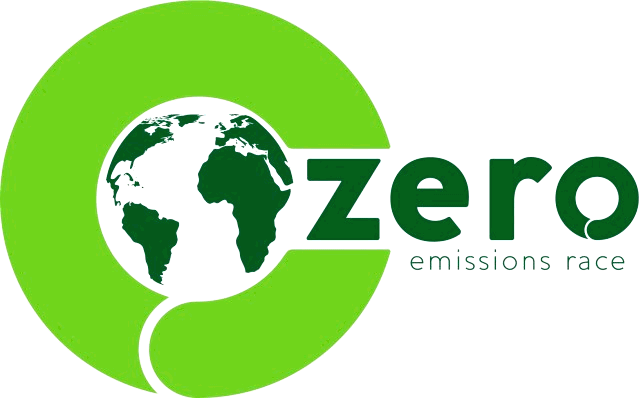
LINKS
& REFERENCE
https://us.sunpower.com/blog/2018/06/11/students-attempt-guinness-world-record-fastest-solar-car/
http://www.guinnessworldrecords.com/world-records/fastest-solar-powered-vehicle/
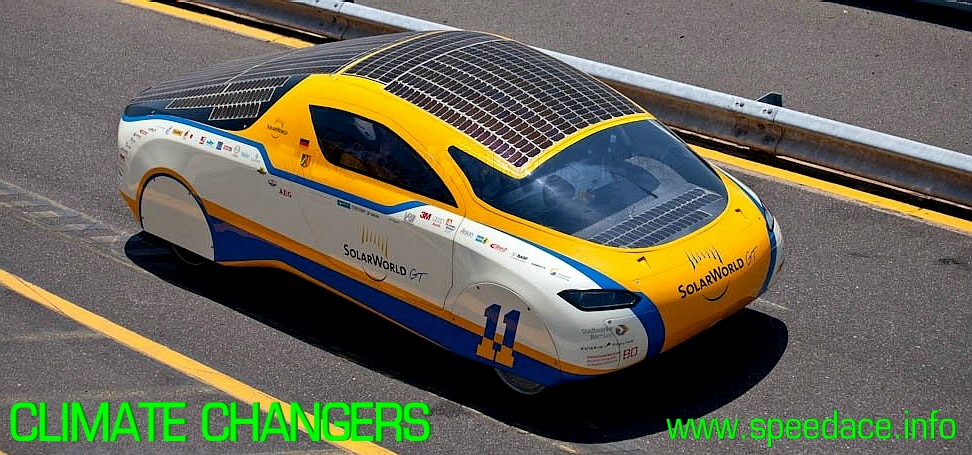
This
website is provided on a free basis as a public information
service. Copyright © Cleaner
Oceans Foundation Ltd (COFL) (Company No: 4674774)
2019. Solar
Studios, BN271RF, United Kingdom.
COFL
is a charity without share capital.
|










 DELL WINSTON SOLAR CAR CHALLENGE
DELL WINSTON SOLAR CAR CHALLENGE JAPANESE WORLD SOLAR RALLY
JAPANESE WORLD SOLAR RALLY PHAETHON GREEK SOLAR RACE
PHAETHON GREEK SOLAR RACE

